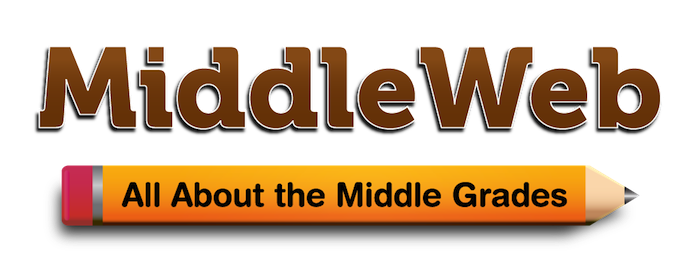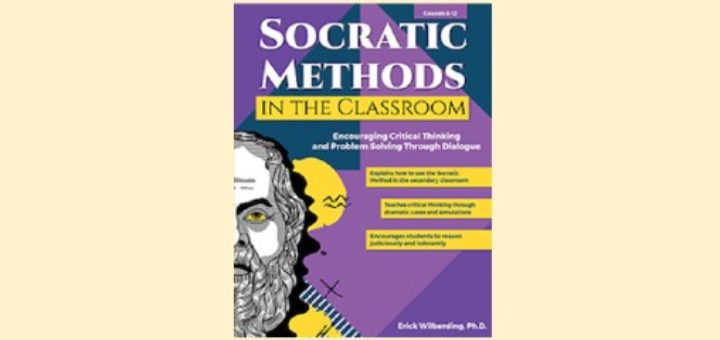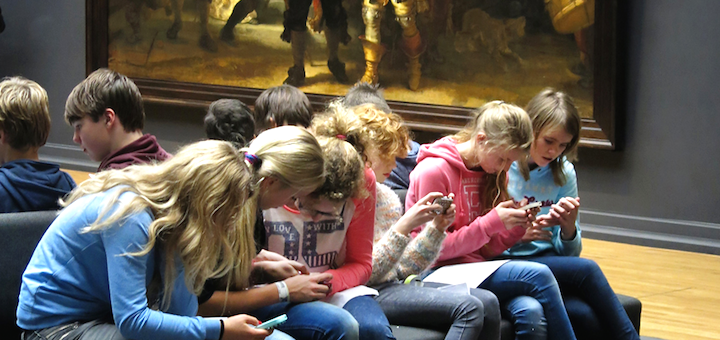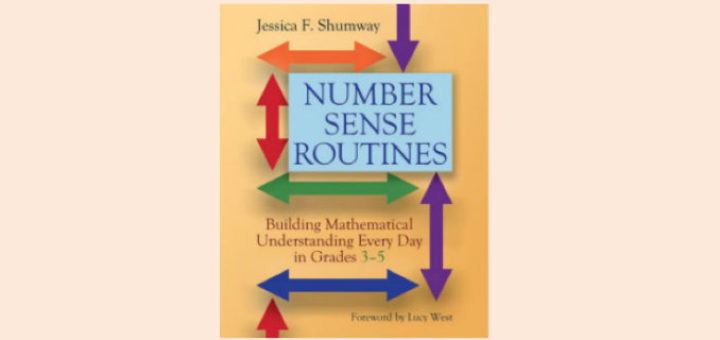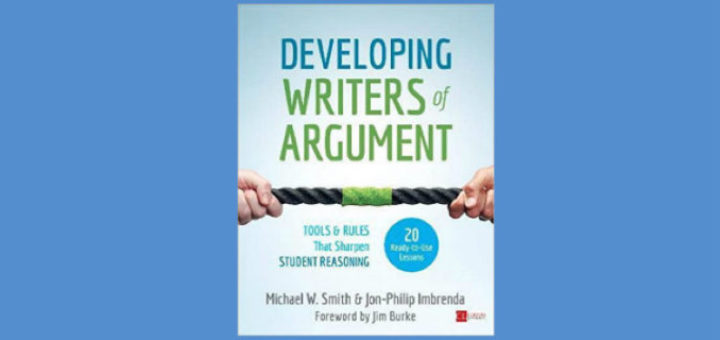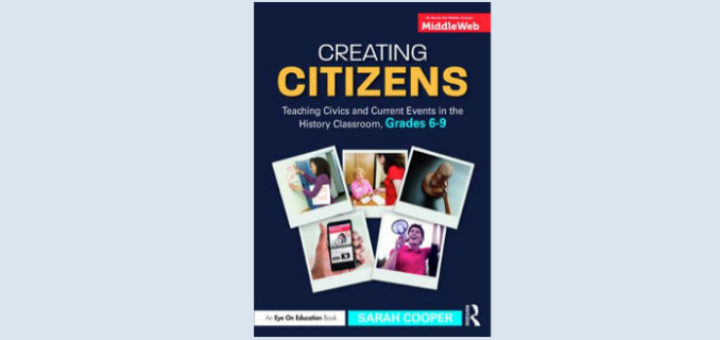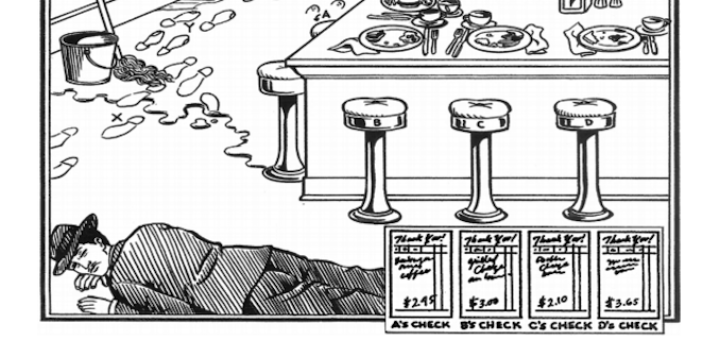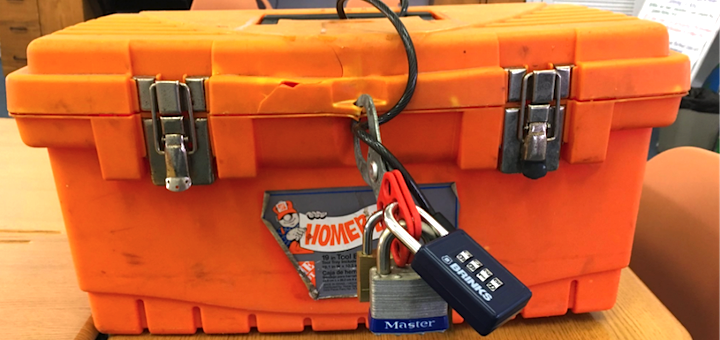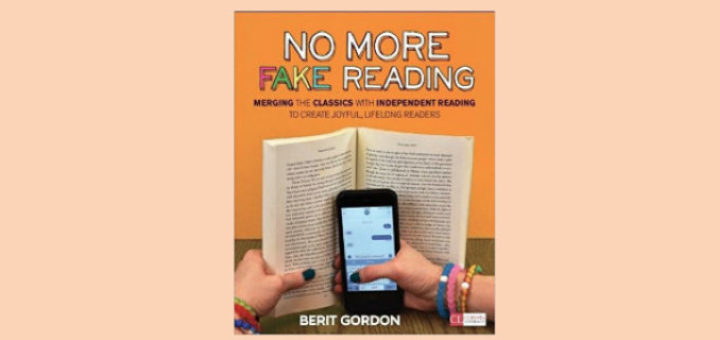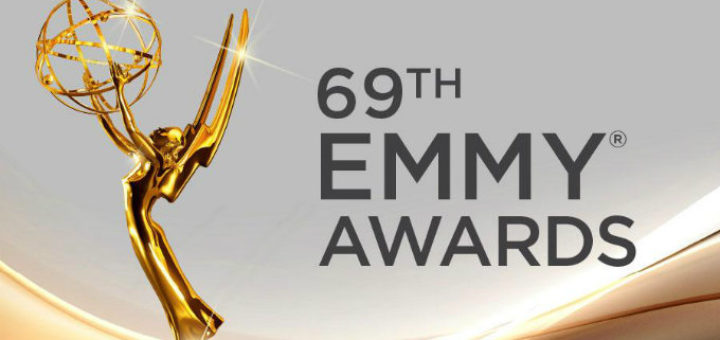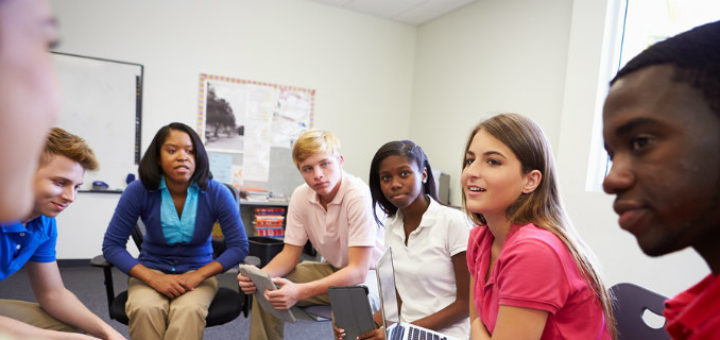Tagged: critical thinking
Socratic Methods in the Classroom offers a bevy of theories behind the practice and templates and tips for educators to prepare to dive into this method as a way to help students demonstrate their knowledge and consider other points of view, writes teacher educator Laurie Bobley.
The rise in fake news calls attention to the lack of critical thinking by many of today’s readers, including students. Media literacy expert Frank Baker shares an essential teaching tool and other resources for ELA and social studies teachers ready to address the issue.
Teacher Rebecca Crockett writes author Jessica Shumway has given her all the tools she needs to really commit to using number sense routines with her fifth graders, including explaining routine types, building community, and engaging all students in the discussion.
The 20 lessons in Developing Writers of Argument are perfect for teachers looking for innovative and relevant material that distinguishes argument from persuasion. ELA teacher Erin Corrigan-Smith says the engaging content can also work for cross-curricular assignments.
Sarah Cooper’s Creating Citizens is brimming with insight on how to connect current events to history, writes social studies teacher Joanne Bell. Cooper offers fresh ideas, higher order skills, and excellent implementation tips, all applicable to any period of history.
There are good reasons to have students do collaborative writing, writes teacher Jeremy Hyler, who uses the strategy in his classes to encourage team brainstorming and to let each students “write to their strengths.” Included: Using mystery puzzles for argument writing.
End of year is an ideal time to try something new. Teachers and students have a lot of material to review, but also need to be engaged and energized. Why not stage a breakout game? Teacher Megan Kelly shares tips and says breakouts also make good school year starters!
Berit Gordon offers a step-by-step plan for playing catch up with students who are not regular readers and therefore do not have the reading skills or the knowledge base to feel anything but overwhelmed and bored by classic literature, says classics teacher Kelley Pujol.
As the Emmys return in September to celebrate the art and craft of television, how do we encourage students to view the programming from a media literacy perspective, with the thinking parts of their brains turned on? Frank Baker ties television studies to CCSS.
By differentiating reading choices and inviting students to discuss diverse texts using student-led conversations, you can heighten their ability to analyze texts and hone their critical thinking skill. Reading expert Laura Robb discusses set-up and assessment.
